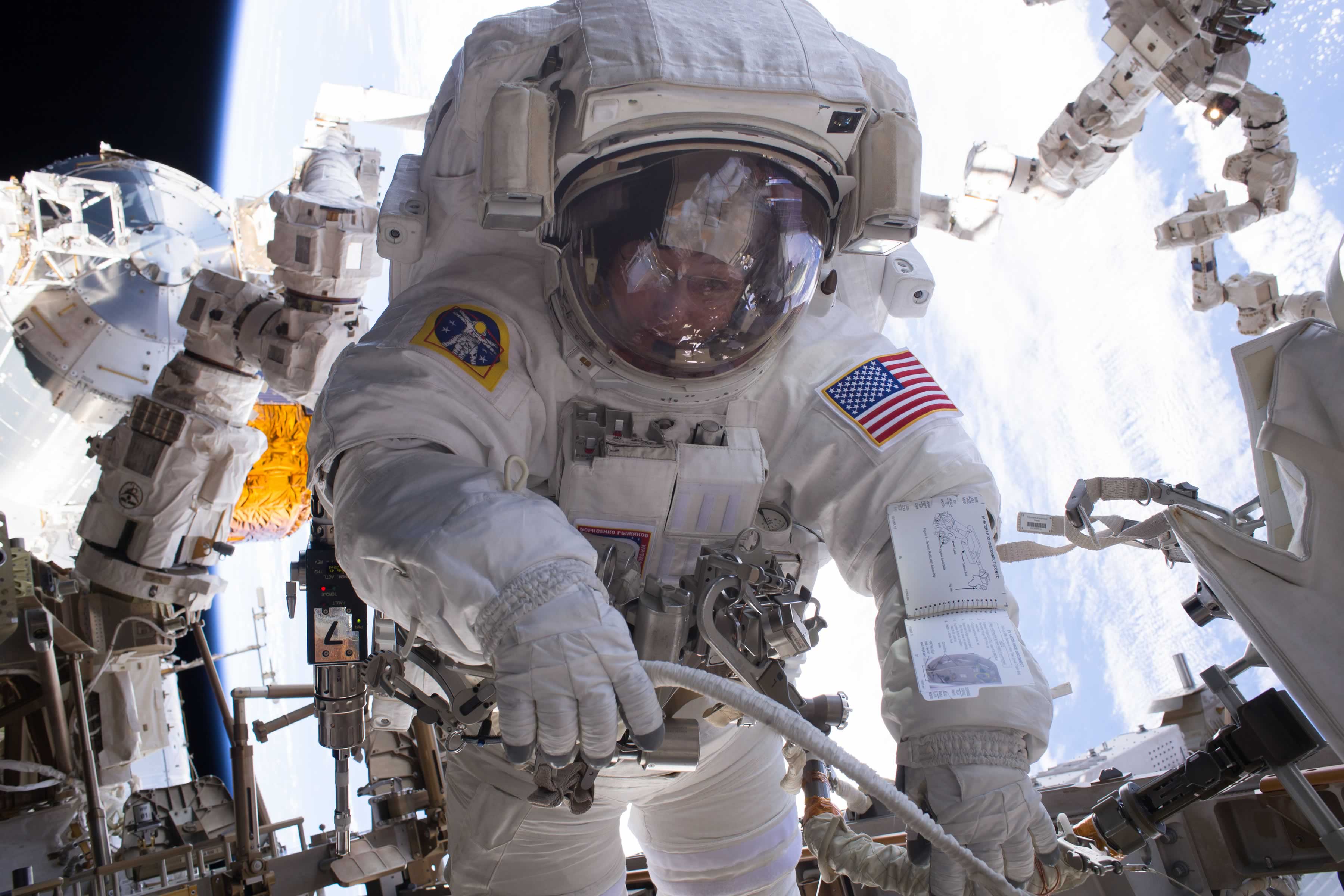Tasmania is the Australian hub of space medicine and life sciences. Since 1993, the Australian Antarctic Division and NASA have collaborated on medical research and operational medicine.
The Tasmanian Government signed a memorandum of understanding with the Australian Space Agency on 25 September 2019 highlighting collective expertise in remote and space medicine, space life sciences research, leadership, education, training and operational remote medical support.
Importantly research and innovation in space medicine can inform and contribute to improved terrestrial health care.
Antarctica as a Space Analog
Antarctica is a valuable space analog due to its isolated, confined and extreme (ICE) environment, which mirror conditions astronauts face on long-duration space missions.
- Isolation – up to 9 months (March–November) without possibility of evacuation
- Confined – small populations on station of 16–36 expeditioners over winter
- Extreme – environmental hazards (extreme climate, stressors, limited medical support and polar night)
Australian Antarctic Division (AAD) research is improving understanding of the risks to human health in extreme environments. These studies include Physiology, Epidemiology, Behavioural Health, Psychology and Photobiology research.
Additionally, the AAD provides clinical and operational medicine and training for extreme environments, with advanced telehealth and technology support.
Hypobaric/Hyperbaric Chamber
The Hypobaric/Hyperbaric Chamber at the Royal Hobart Hospital in Tasmania opened in May 2020.
It provides a unique capability in the Southern Hemisphere, and is one of only a handful globally that can both pressurise (hyperbaric) and depressurise (hypobaric).
The chamber is a versatile space for underwater and space medicine, environmental research and treatment.
The chamber has potential for use in a range of paradigms including sleep, bedrest, neutral buoyancy simulation, hypoxia, cold and remote operations.
The chamber is;
- Human rated to 60 metres seawater depth transitioning up to 45000ft altitude pressures.
- Non-human rated environmental research chamber to 100000ft altitude pressures.
Find out more about Diving and Hyperbaric Medicine in Tasmania.
Space Medicine Educational Pathways
CARMM Partner the University of Tasmania leads Australian education in space medicine through its popular Healthcare in Remote and Extreme Environments Academic short courses and higher degrees.
The University of Tasmania collaborates with the Australian Society of Aerospace Medicine (ASAM), founded by aerospace medicine specialist Associate Professor Gordon Cable AM. The UTAS–ASAM Humans in Space Course is a unique offering with an international Aerospace Medicine faculty including Dr Bob Thirsk, Canadian Physician Astronaut, Dr Giles Clement and Dr Angie Bukley from Houston USA.
Find out more about the Humans in Space course at UTAS.
CARMM Partner, the Australian Antarctic Division, trains Antarctic Medical Practitioners with generalist and procedural skills which are akin to the medical skills and training required on Exploratory Lunar or Mars Space Missions. Training and support of lay members of expeditions in medical care, both in Antarctic and maritime environment, inform crew medical requirements for space missions.
Training is undertaken by CARMM partners including the Tasmanian Health Service, University of Tasmania and the Australian College of Rural and Remote Medicine.
